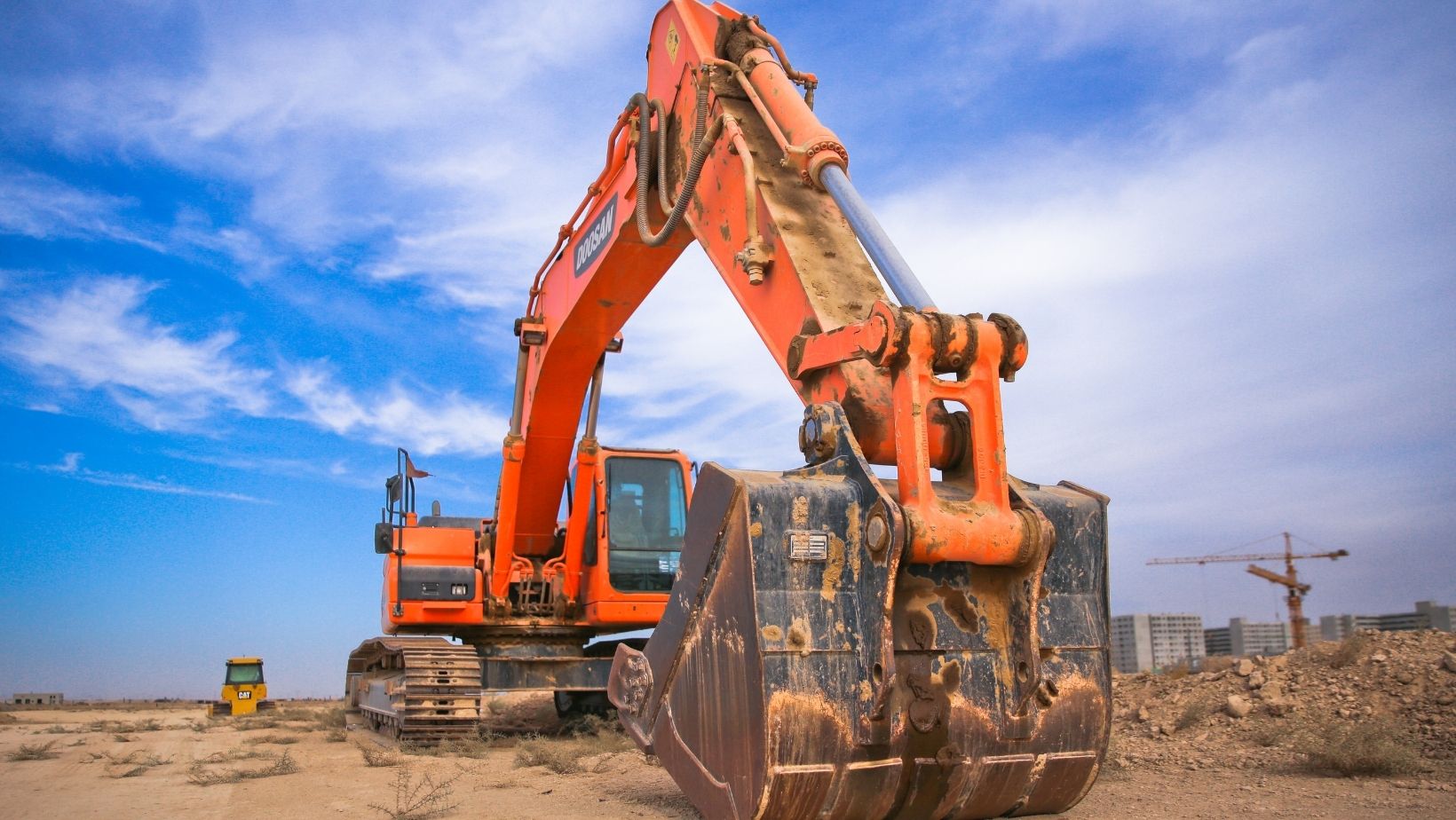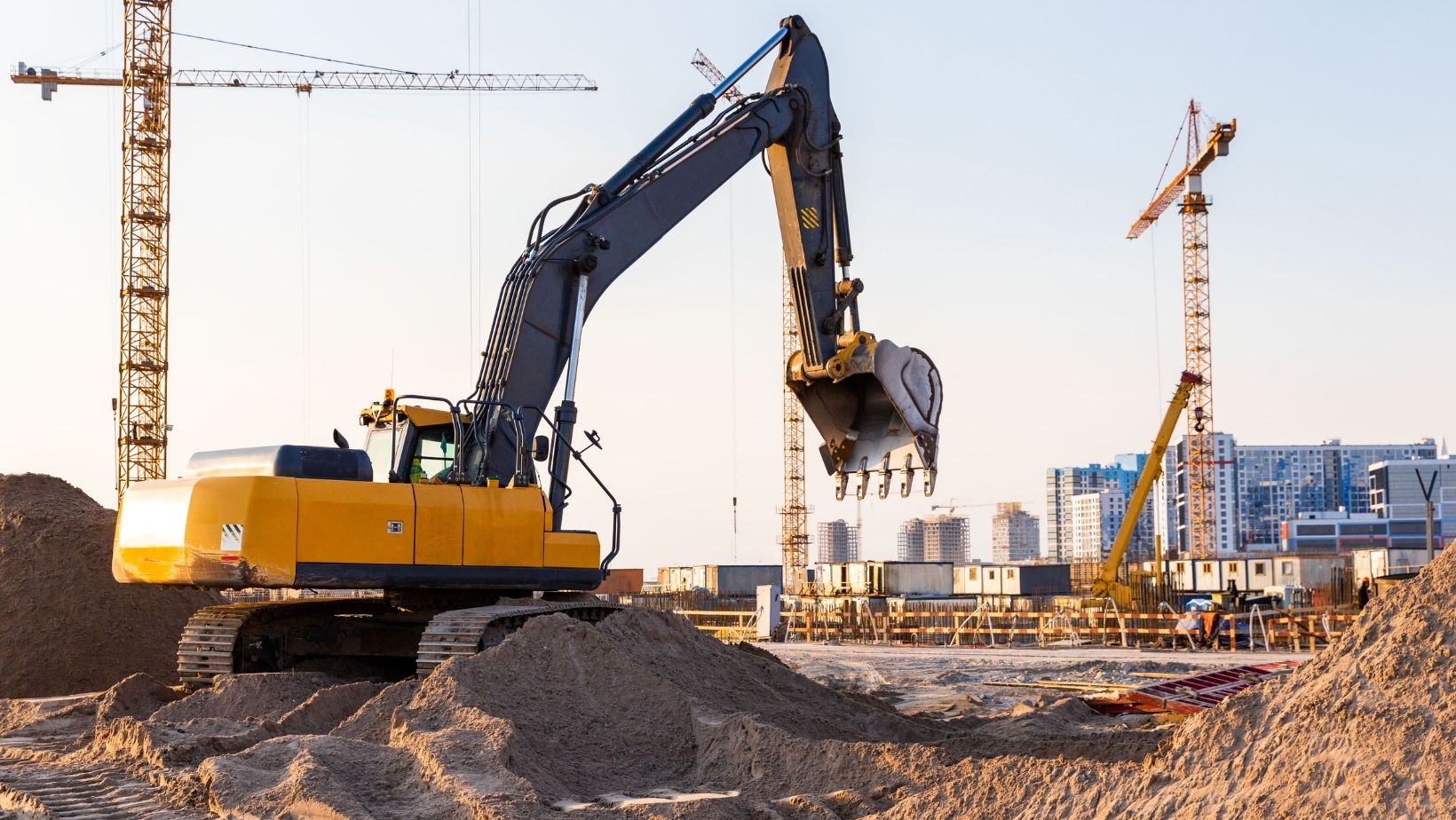
Knowing your machine running hours provides critical information for determining when equipment is due for servicing, reducing the likelihood of unexpected stoppages and extending machinery life. By keeping records of actual operational hours, asset usage trends become much more transparent, and resources can be distributed accordingly to maximize output. This approach also makes it easier to identify equipment that is not meeting expectations, whether through underuse or excessive wear.
Planning timely repairs and maintenance directly supports efficient workflow and helps safeguard investment in machinery. Rugged IoT solutions have streamlined how these hours are tracked by offering reliable, accessible technology, especially for sectors like construction and manufacturing where working conditions demand sturdier monitoring tools.
Managing machine running hours efficiently encourages better asset utilization, supports cost reductions, and allows smoother operations, all while boosting production potential.
Understanding Machine Running Hours
Tracking the operational hours of machinery offers valuable data essential to scheduling care and overseeing equipment movement within a business. Technology built for challenging workspaces, such as rugged IoT devices, ensures the collection of trustworthy readings, making it easier to maintain high levels of equipment performance and minimize interruptions.
Benefits of accurate tracking
Logging running hours ensures that maintenance is neither delayed nor conducted unnecessarily. Effective scheduling reduces operational storm clouds such as projects falling behind deadline. Furthermore, continuous monitoring uncovers equipment that might be overworked or gathering dust, enabling better strategic deployment. In industries that demand efficiency and dependability, having precise tracking translates into getting optimal results from every machine.
Having reliable usage data is also valuable for making financial decisions, such as when to commission repairs, invest in modern replacements, or redistribute resources to where they are needed most.
Common challenges faced
Accurately gathering data isn’t always straightforward. Construction and industrial settings often subject devices to dust, vibration, and weather extremes, potentially disrupting readings. Moreover, handling newer digital solutions can present learning curves, and some older machines may challenge integration efforts.
Investment in proper data collection hardware and dealing with vast information streams adds complexity. Issues like unstable network connections or power cuts can temporarily halt data flows, jeopardizing consistent hour-by-hour monitoring. Well-chosen rugged devices and clear procedures address these risks and support more reliable maintenance planning.
Role of Rugged IoT Devices
Rugged IoT products are designed to endure tough work environments where ordinary sensors can be unreliable. By automating running hour collection, these solutions offer steady data flows, supplying actionable information suitable for refining processes and spotting operational inefficiencies.
How IoT devices enable data collection
Modern monitoring devices are equipped with sensors that read key signals, such as engine activity or physical motion, recording activity each time the equipment operates. The resulting information is wirelessly transmitted to asset management systems, displaying real-time statuses and enabling more responsive decision-making.
Automated logs minimize errors and reduce manual workload, making it clear which machines require attention or are standing idle. Transparent tracking supports scheduled servicing and prompt action in response to anomalies, giving greater control over the asset fleet.
Key features for construction and manufacturing
Monitoring solutions built for demanding environments offer features like durable, sealed housings to resist harsh elements, along with extended battery life to operate for long periods without replacement. Communication protocols, such as cellular or LoRaWAN, guarantee data collection even when machinery is used in distant or isolated locations.
Software integration is another vital consideration, since it allows seamless inclusion of running hour data into larger asset optimization initiatives. Notification systems alert staff to important updates, keeping the flow of operations steady and informed.
Driving Predictive Maintenance Strategies
Tracking running hours creates a foundation for routine care and reduces unplanned interruptions. Using these insights, organizations stay on top of machinery requirements, which reduces the risk of workload imbalances and machine fatigue.
Identifying overused and underused assets
Thorough tracking highlights which assets are consistently busy and which sit idle. This information helps managers shift tasks, extend equipment longevity, and reduce unnecessary purchases, balancing usage and minimizing downtime.
Avoiding equipment breakdowns
Maintenance routines can be aligned tightly with actual usage rather than guesswork or calendars alone. Necessary checks—such as lubrication or part replacement—happen in step with real-world needs, cutting down on avoidable disruptions. Adopting hour-based servicing makes it more likely that machinery stays in optimal working order.
Actionable Analytics for Asset Management
With detailed machine hour records, patterns in usage become clearer, guiding smarter maintenance planning and resource allocation. Analytical tools reveal exactly when intervention is required, supporting more responsive and efficient business practices.
Visual dashboards and alert systems present accessible summaries and highlight irregularities so corrective actions can be taken without delay. Informed decision-making, underpinned by accurate operational data, plays a substantial role in driving reliability while maintaining cost control and performance across machinery fleets.







